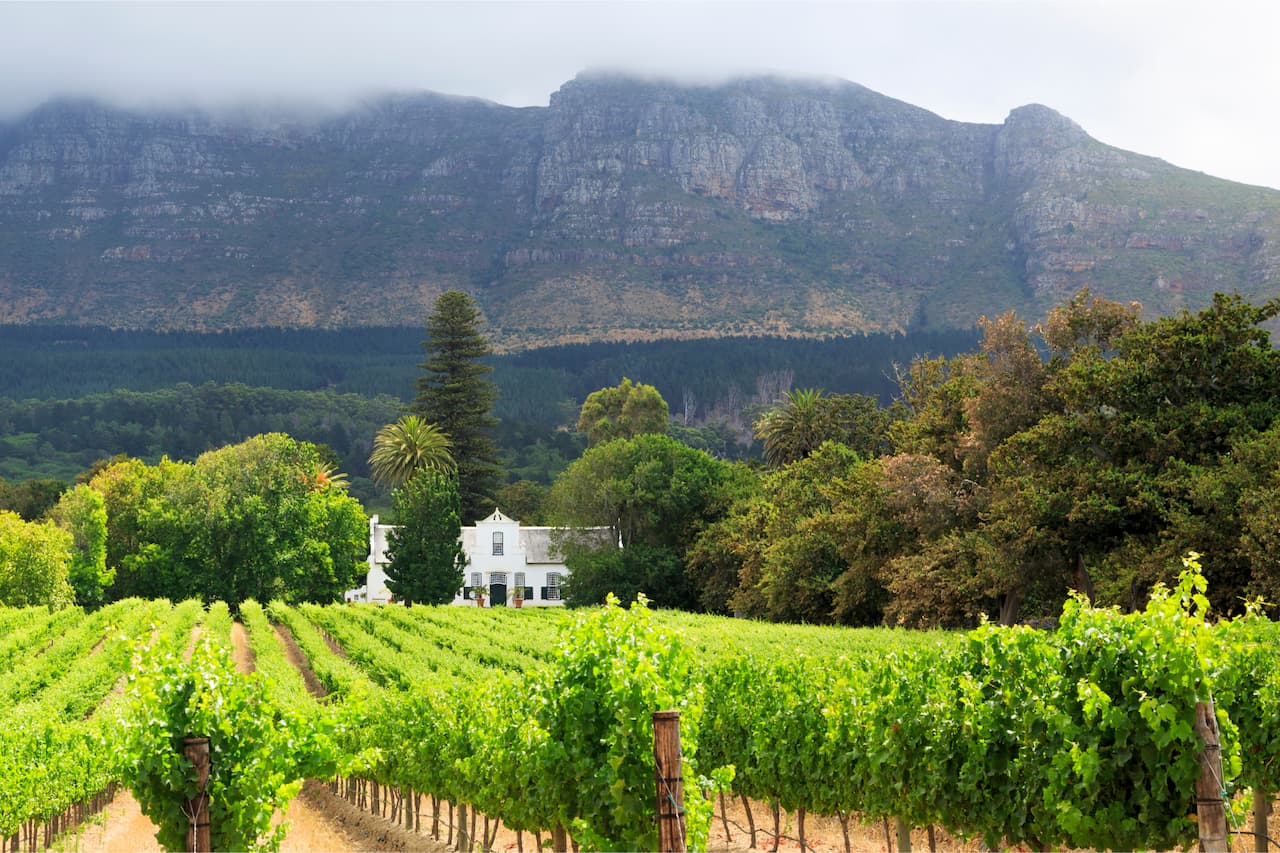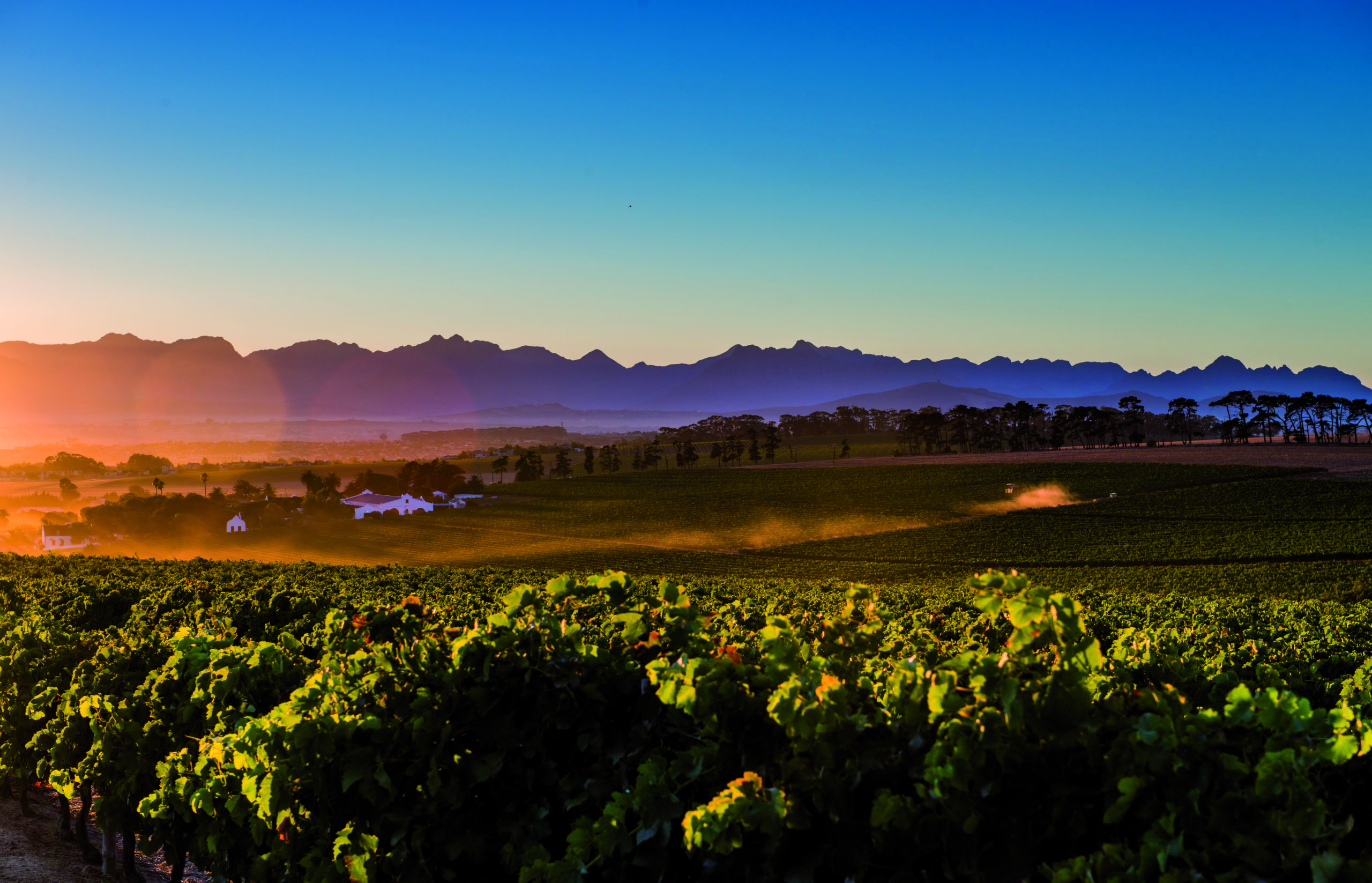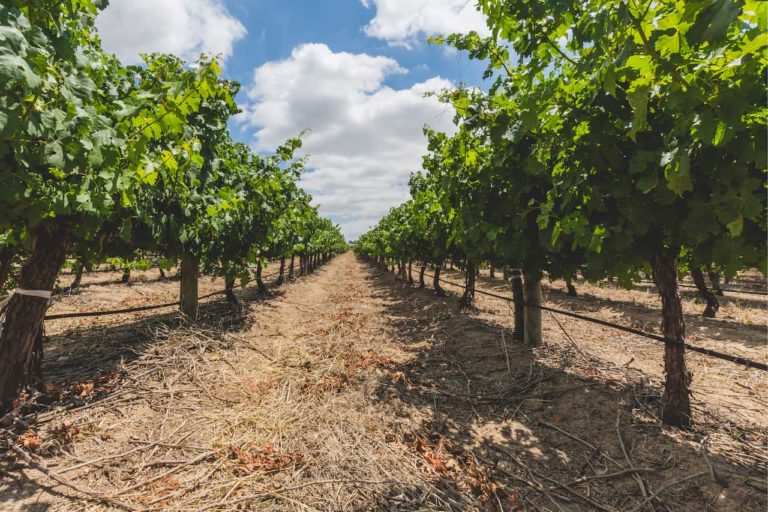

Host 2025 - Somerset West, Cape Town
A tapestry of vintages and vineyards
Somerset West is situated in the Hottentots Holland area, about a 30-minute drive from South Africa’s legislative capital city, Cape Town, along the N2 highway. It’s many historic wine estates intertwine with modern cellars, hotels and shopping centres against the background of the Atlantic Ocean to weave an eclectic picture of one of South Africa’s major wine producing areas.
The inaugural CMB SA competition will be held from 18 - 20 August 2025 in Somerset West in the Western Cape.

Historical overview
Somerset West was established in 1822. Named after Lord Charles Henry Somerset, an English governor of the Cape Colony during the 1800s, the suffix 'West' was added to differentiate it from Somerset East, another South African town in the Eastern Cape.

Also known among locals at The Mother City, Cape Town is a bustling metropolitan city with a population of more than 3 100 000. The city has a beautiful setting: parts of it its suburbs are sprawled about the steep slopes of iconic Table Mountain and touch the shores of Table Bay. Other parts lie on the flats below the slopes, stretching southward across the flats to False Bay. The city covers an area of 116 square miles/300 square kilometers.

Founding grapes
In 1655 the Dutch East India Company planted the first grapevines in the Cape of Good Hope. Its favourable climate and fertile soils lay the foundation for South African wine production, establishing the Cape as the epicentre of this viticultural journey.
Genesis of South Africa's wine industry
South Africa’s wine industry is unique in that it can pinpoint the beginning of its wine industry to the day! On 2 February 1659 the first Dutch governor, Commander Jan van Riebeeck, wrote in his diary, “Today, praise be to God, wine was made for the first time from Cape grapes.” However, it would take another 30 years and ten Governors before Simon van der Stel would establish the first wine farm in the Constantia valley, a mere 20 minutes from the modern-day city of Cape Town.
Today South Africa is one of the world’s major wine producers, currently ranking eighth in terms of global wine production. South Africa’s wine industry is unique in that it can pinpoint the beginning of its wine industry to the day !

Quick facts
- South Africa is one of the world’s major wine producers, currently ranking eighth in terms of global wine production.
- South Africa produces 3.9% of the world's wine with an annual wine harvest in 2022 amounting to 1,068.3 million liters. Of this total, approximately 80.9% was used for the production of wine, 4.0% for brandy production, 11.8% to wine distilling and 3.3% to grape juice concentrate and grape juice.
- Approximately 89 000 hectares of land are under vines with more than 2 400 farmers cultivating grapes – either for wine and spirits production or for export (in 2022 South Africa reportedly exported fresh grapes to the value of $760m).
- In 2022 South Africa exported more than 368 million litres of wine to several countries around the world, mainly the UK, Germany, the USA and the Netherlands.
- South Africa’s fastest-growing export markets are the UK, the USA and Russia (with an increase of approximately $13million between 2020 and 2021).
- The South African wine industry provides livelihoods for more than 260 000 people, both directly and indirectly.
- South Africa leads the world in environmental sustainability and regulated production integrity. The introduction of a unique Wine of Origin seal in 2010 means that the integrity and sustainability of each wine - from vine to bottle – can be tracked and certified.
- Pinotage is South Africa’s unique homegrown wine, crafted in 1925 from Pinot Noir and Cinsaut (then known as Hermitage) by Prof. Abraham Izak Perold. Hence the name Pino + Tage. Sixteen years later (in 1941) the first barrel of Pinotage wine was presented in Stellenbosch. Another 20 years later the name Pinotage appeared on a wine label for the first time, namely the SFW’s 1959 Lanzerac Pinotage, released in 1961.




Main grape varieties of South Africa
South Africa’s diverse wine industry spreads over all the world’s major cultivars :

Chenin Blanc, known as “Steen” locally, is the most widely planted grape variety in South Africa, accounting for approximately 18% of vineyards, followed by Cabernet Sauvignon swhich covers around 12% of vineyards and produces robust, age-worthy wines with rich flavours and firm tannins. Sauvignon Blanc represents about 10% of South Africa’s vineyards, followed by Chardonnay accounting for about 8% of vineyards, and Merlot: which covers approximately 6%. Other popular cultivars include Colombard (mainly used for brandy production), Shiraz (Syrah), and smaller blocks of cultivars such as Grenache, Viognier, Semillon, Pinot Gris, Petit Verdot, Gewürztraminer, Riesling, Grüner Veltliner and Bukkettraube. Muscat d'Alexandrie, known as Hanepoot in South Africa, is grown widely and is responsible for most of the country’s popular array of sweet and fortified wines.
Spirits consumption and production in South Africa
South Africa’s innovative spirits industry has over the past two decades presented many award-winning products on an international level. South African spirits producers present consumers with interesting and creative options such as elephant dung gin, dragon fruit mampoer and gin distilled from seawater and Rooibos brandy !
Whisky is by far the most consumed spirit, with approximately 4.1 million South Africans regularly consuming whisky. Brandy consumption accounts for about 3.3 million regular consumers.

Gin has become increasingly popular in South Africa, and its consumption has seen significant growth in recent years. According to the SA Wine Industry Information and Systems, gin sales in South Africa increased by 151% from over six million litres to over 15 million litres between 2014 and 20181.
This surge in popularity has led to an explosion of gin distilleries across the country over the past decade. In the Western Cape alone, there are more than 50 registered gin distilleries, with approximately 30 of them located in this region. The abundance of fynbos, a fine-leafed plant indigenous to the Western Cape, contributes to the variety of perfumed scents and medicinal properties used in gin production.
Overall, South Africa ranks fifth globally in alcohol consumption, with the typical South African drinker consuming approximately 30 litres of alcohol annually (includes the major categories of alcohol, from beer to spirits).
Join the competition
Registering online is the easiest way to enter your wines. Our team will guide you through the registration process.